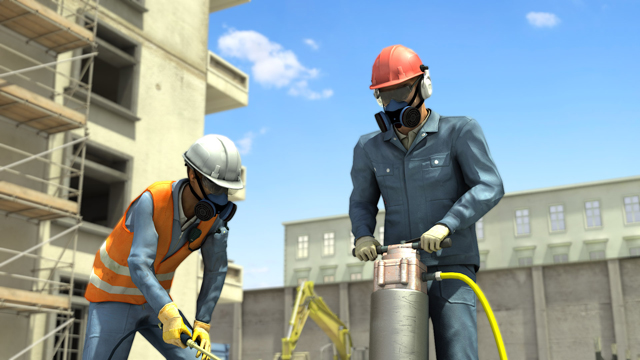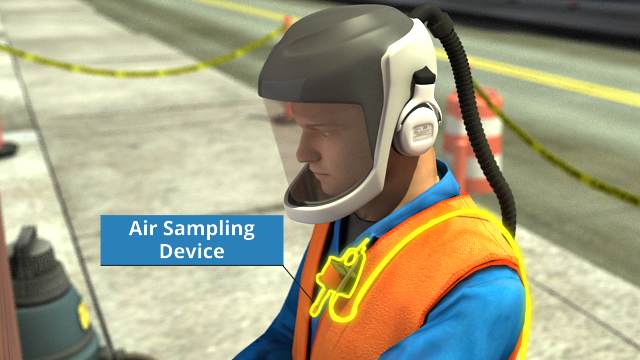




Crystalline Silica Awareness
Crystalline silica is a form of silicon dioxide which occurs naturally in the Earth’s crust. When it is broken up by high energy activities into small airborne respirable particles, it can cause serious health hazards when inhaled. The symptoms caused by inhalation may not be immediately apparent. It is critical that individuals working around crystalline silica are knowledgeable of its physical properties, understand its safety risks, and know how to effectively avoid exposure. With the proper protective measures, training, and PPE, exposure to respirable crystalline silica can be reduced to the point that it is no longer a health threat to those who must work around it.
Request a demoCourse Details
Learning Objectives
By the end of this course, you will be able to:
- Describe what crystalline silica is, how it can become airborne, and why respirable crystalline silica is a health hazard
- Identify materials that commonly contain crystalline silica
- List industries and processes that commonly generate respirable crystalline silica
- List common diseases and potential health effects caused by prolonged exposure to respirable crystalline silica
- Describe the action level and permissible exposure limit related to respirable crystalline silica exposure
- Differentiate between engineering controls and administrative controls
- Describe specific engineering and administrative controls for limiting exposure
- Identify appropriate personal protective equipment to help prevent exposure
- Describe common steps to take in case of an exposure emergency
Specs
| Course Level | Intermediate |
| Languages | English, Spanish |
| Compatibility | Audio, Video |
| Based on: | OSHA CFR 29 Part 1910.1053 |
Key Questions
What are some industries where you are likely to be exposed to crystalline silica?
Crystalline silica is generated in many industries; examples include mining, construction, agriculture and glass manufacturing.
Where does respirable crystalline silica come from?
Crystalline silica is a common mineral. Anytime a high energy operation such as cutting, grinding, or crushing is performed on a silica-containing material, small particles of dangerous respirable dust are formed.
What kinds of diseases can exposure to crystalline silica lead to?
Over a period of time, exposure to respirable crystalline silica can lead to a number of diseases. These include silicosis, pulmonary tuberculosis, lung cancer, autoimmune disorders and kidney disease.
How should exposure to crystalline silica be controlled?
Engineering controls, administrative controls and personal protective equipment can all be used to prevent or reduce exposure to respirable silica.
What kind of respirator should be used to limit exposure to respirable silica?
A variety of respirators are available and they are rated by their APF, or assigned protection factor. The proper type of respirator needed is determined by the measured concentration of crystalline silica in the air.
Sample Video Transcript
Silica becomes dangerous when is exists as small particles, or dust, that can be inhaled. Visible dust contains large particles that can be seen, and tiny, respirable-sized particles that are 100 times smaller than the grains of sand on a beach. These tiny particles which are so small that they are not even visible are the most dangerous, because they can get drawn deep into the lungs. Most dust-generating activities produce a mixture of visible and respirable particles. There are many situations where there is a higher concentration of airborne respirable dust than what is visible to the naked eye. When crystalline silica is inhaled, the fine particles are drawn into the lungs and become trapped. These particles do not breakdown and over time they irritate and scar lung tissue, causing severe complications.
Demos + Pricing
Learn more about our courses, get pricing, and see our platform.











